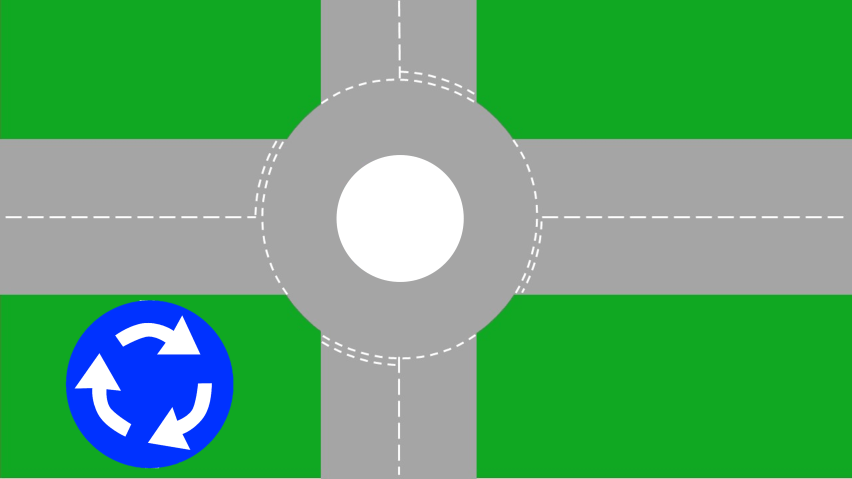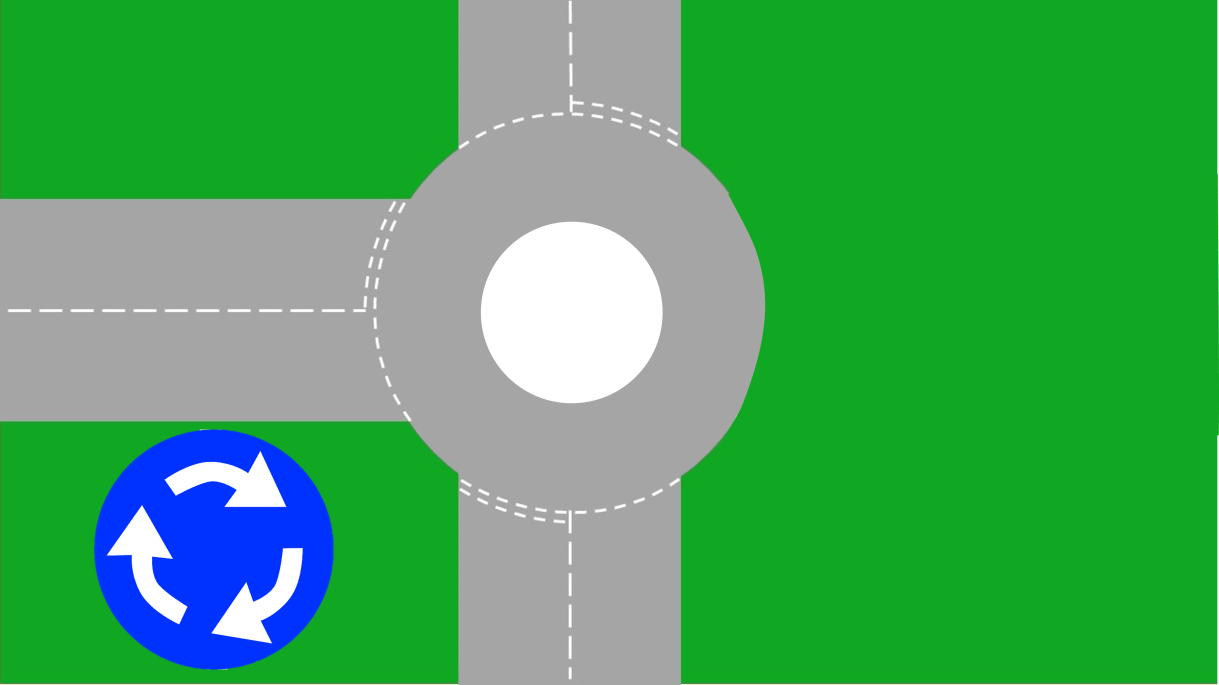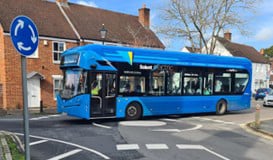
Probably from a learners point of view the less daunting to look at in action than a multi-approach roundabout.

Probably from a learners point of view the less daunting to look at in action than a multi-approach roundabout.
In an ideal world smaller would seem simpler, yes? But when it comes to roundabouts and driving habits, especially those habits of a small percentage of drivers who may feel they are the best driver in the world, or live locally to a particular mini roundabout that they drive daily and know it like they know the back of their hand. These driver's can make Mini roundabout EXTREMELY dangerous!
Let me drop am image into my reasoning behind this.


For ALL roundabouts the rule in the UK is that driver's must give way to traffic coming from their right.
On the 4 exit mini roundabout, the level of priority as such is distributed evenly between all 4 approach directions.
This means that dependant on the line of sight from all directions, invariably ALL directions will be cautious on the approach and slow down based on giving way to traffic from their right. They may not be able to see traffic from their right from any approach direction so good drivers will ALWAYS slow down.
HOWEVER! on the mini roundabout with just 3 approach directions, one direction has a "better priority" than the other 2.
Traffic coming from the 6 O'clock approach have no "direct" traffic to give way to, to their immediate right, but can clearly see the approach lane of traffic coming from the ahead approach.
Because they understand the rules of UK roundabouts that you MUST give way to traffic coming from your right and there is no immediate right, they may feel that they have no need to slow down. Many will go at speed straight over the white painted circle without a hint of backing off the gas pedal.
This puts ALL road users emerging from the 9 O'clock position at a higher risk, especially if their line of sight is limited when arriving at the roundabout.
Because of the limited space on a mini roundabout, I consider them to be a higher risk roundabout than that of a Multi-approach Multi-lane roundabout.
